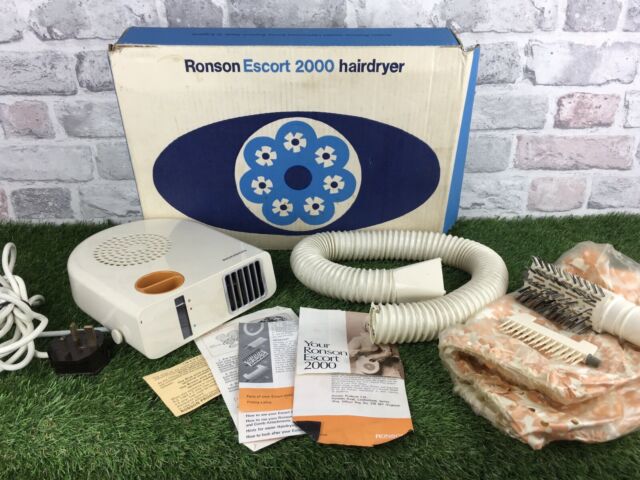Vintage Appliances: In the 21st century, we are bombarded with messages about how devastating our impact has been, and continues to be, on the environment.
We are guided to make better choices about the cars we drive, the appliances we use and when we use them, right down to the types of lightbulbs we put in our lamps.
We are bamboozled by complex rebate strategies, tax write-offs, and a myriad of soft savings to change our current ways under the assumption that we are damaging our environment at an ever-increasing rate.
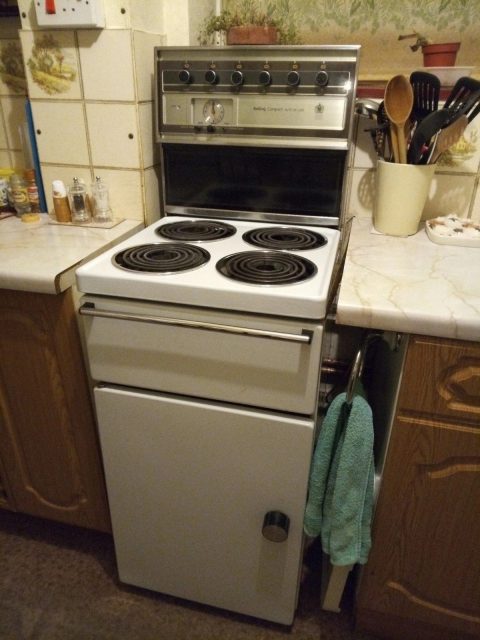
The environment is damaged daily in many ways, including air pollution, water pollution, and depletion of natural resources. One of the ways to measure the extent of this damage is by keeping tabs on greenhouse gases and other chemicals that are emitted into the atmosphere simply by us living our lives.
These greenhouse gases and chemicals build up to high levels. This buildup contributes to decreasing air quality; but, also to rising temperatures in both air and sea. Eventually, the buildup results in a cumulative, cascading effect on multiple ecosystems and natural processes.
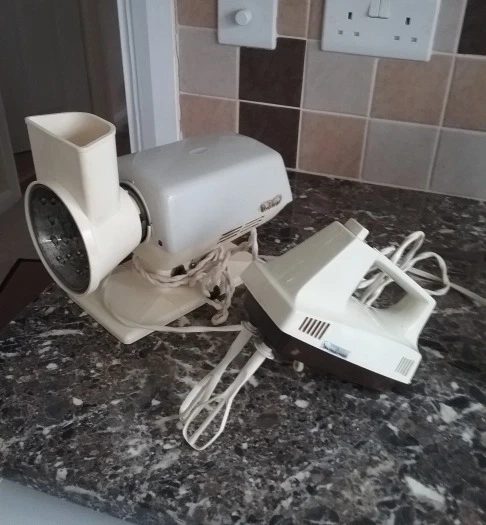
The measurement of these gases – mainly carbon dioxide (CO2) – as it relates to consumption is called a carbon footprint. Any device that uses energy has a carbon footprint, some larger than others. Plus, the more energy used, the more expensive it is to operate.
Think Bigfoot versus Minnie Mouse.
Since 1992, consumers of many major appliances like refrigerators, washers, dryers, dishwashers have had the benefit of a standardized rating to measure the relative energy efficiency of the products they buy.
While that government program, called Energy Star, has recently seen some, funding changes, it provides valuable information to consumers seeking to reduce their carbon footprint and household costs with newer technology.
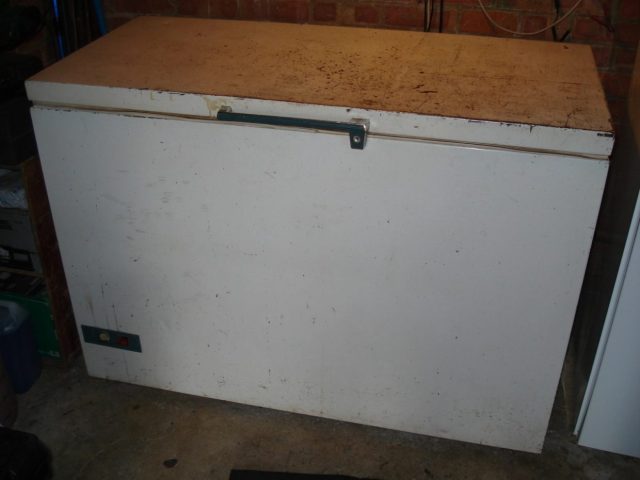
In terms of household appliances, the refrigerator is an energy Bigfoot. It’s one of the few home appliances that runs 24 hours a day, 365 days per year. Based on Energy Star ratings, the range of Annual Energy Use (kWh/year) of today’s refrigerators, the comparison breaks down like this:
• 151 kWh / year for a compact refrigerator translates to a carbon footprint of .107 Metric Tons of Carbon Emissions and costs roughly $158 to run
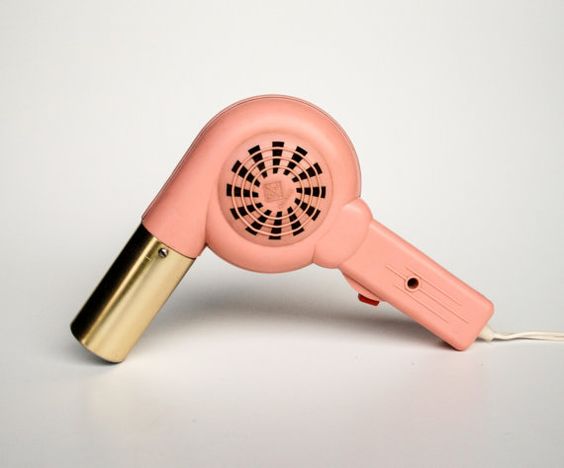
• 807 kWh / year for a top-of-the-line refrigerator with a bottom freezer translated to a carbon footprint of .571 Metric Tons of Carbon Emissions and costs roughly $777 to run
Another energy hog, for those who live in humid parts of the world like Florida or Louisiana, is a dehumidifier. The purpose of a dehumidifier is to extract moisture from the air, thus making humid air dry. It helps relieve symptoms of pulmonary illnesses, like asthma.
This is another appliance that runs for long periods of time. The energy rating on dehumidifiers is determined by rating how much water they pull from the atmosphere per kWh. Energy Star refers to it as Dehumidifier Efficiency, or Integrated Energy Factor.
The higher the number, the more efficiently it is working. The range of IEF, as reported by Energy Star, is from 1.57 IEF to 47.71 IEF.
Water heaters are another appliance that we often overlook. The U.S. Department of Energy indicates that water heaters represent 18% of home energy costs.
Think about this. They are almost always running and the more people you have in the household means that the water heater is working at higher capacity to provide hot water for all: more showers, more hand-washing, and more dishwashing.
The efficiency of a water heater, called the Energy Factor (EF), is rated based on how much hot water is produced per unit of fuel per day. As with the dehumidifier, the higher the number, the greater the efficiency.
And the list goes on. It includes both fun and essential devices like TVs, cell phones, tablets, laptops, computers, hair dryers, lights, fans, ovens, and more. Each device consumes energy and contributes to the impact on our environment.
There are ways to reduce your carbon footprint.
Plant trees. The U.S Environmental Protection Agency (EPA) provides an ingenious conversion tool on their website to help to determine how many trees to plant to lessen damage from high energy usage. . It’s a visual tool for those who prefer a bird’s eye view of their metrics.
Another Article From Us: Archaeologists Dig Up Samauri’s Jar Filled With Over 200,000 Bronze Coins
The process is called carbon sequestration For example, to sequester the carbon from the refrigerators mentioned earlier, plant between 1.8 and 9.4 tree seedlings and let them grow for ten years.
We are reminded every day of the importance of energy efficiency and its impact on the world the beauty of the environment is slowly diminishing at our own hands because of the way we live in the 21st century. But thanks to new scientific discoveries, we are learning how to be smarter about our energy consumption.
